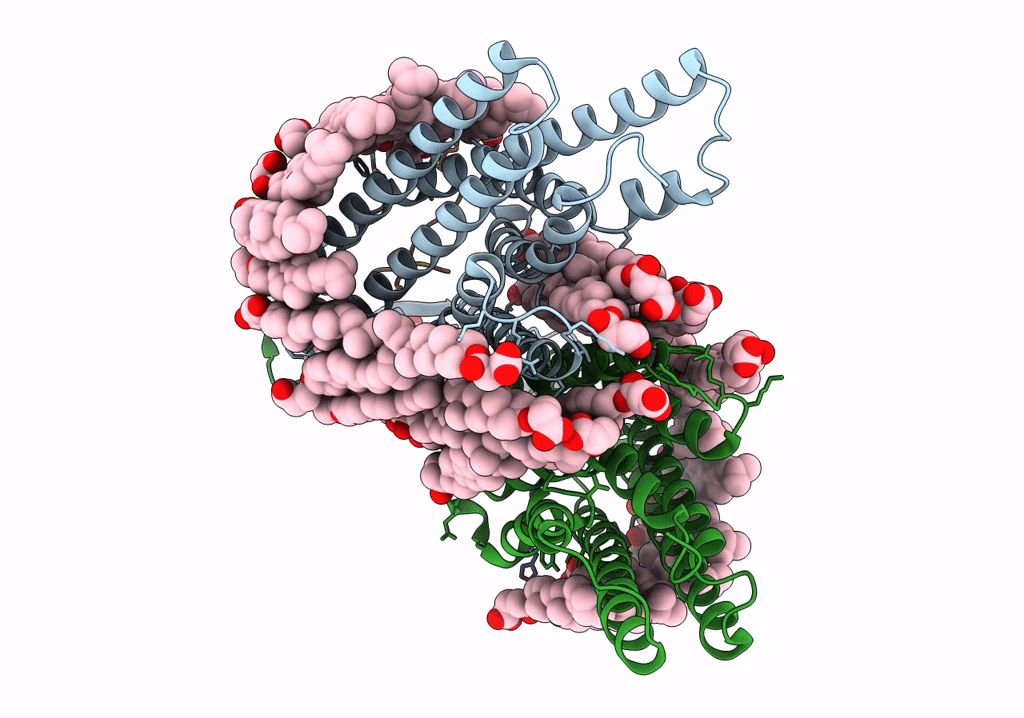
Deposition Date
2021-11-16
Release Date
2022-03-16
Last Version Date
2025-07-02
Entry Detail
PDB ID:
7QA8
Keywords:
Title:
Structure of the GPCR dimer Ste2 bound to an antagonist
Biological Source:
Source Organism:
Saccharomyces cerevisiae (Taxon ID: 4932)
Host Organism:
Method Details:
Experimental Method:
Resolution:
2.70 Å
Aggregation State:
PARTICLE
Reconstruction Method:
SINGLE PARTICLE


